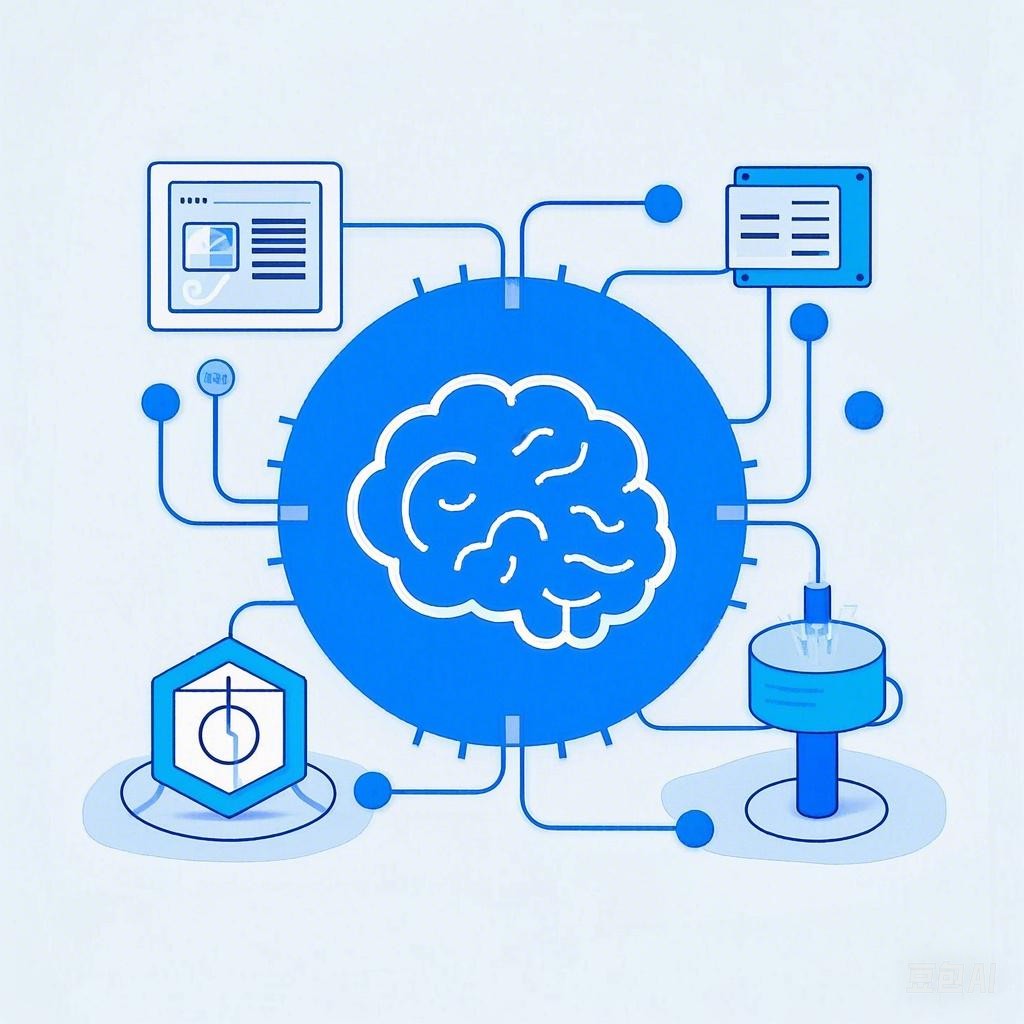引言
PowerShell 是一种强大的命令行工具和脚本环境,它能够帮助系统管理员高效地管理和自动化任务。在 PowerShell 中,我们可以通过 IE 交互功能来操作 Internet Explorer 浏览器,实现网页的自动化浏览和操作。本文将详细解析 PowerShell IE 交互技巧,并提供实际应用案例。
PowerShell IE 交互基础
1. 启动 Internet Explorer
在 PowerShell 中,我们可以使用 Start-Process cmdlet 来启动 Internet Explorer。
Start-Process "iexplore.exe" -ArgumentList "http://www.example.com"
2. 控制 Internet Explorer
PowerShell 提供了多个 cmdlets 来控制 Internet Explorer 的行为,例如 Get-Process、Stop-Process、Set-Location 等。
# 获取所有打开的进程
Get-Process
# 关闭所有打开的 Internet Explorer 进程
Stop-Process -Name "iexplore"
# 设置当前目录到 IE 浏览器的地址栏
Set-Location "http://www.example.com"
PowerShell IE 交互高级技巧
1. 使用 IE 控件自动化
PowerShell 可以通过 IE 控件自动化库(UI Automation)来与网页上的控件进行交互。
# 导入 IE 控件自动化库
Add-Type -AssemblyName System.Windows.Forms
# 创建一个 IE 控件自动化对象
$ie = New-Object -ComObject Shell.Application
$webBrowser = $ie.Windows | Where-Object { $_.Name -eq "Internet Explorer" }
$webBrowserDocument = $webBrowser.Document
# 获取页面上的按钮控件
$button = $webBrowserDocument.GetElementById("buttonId")
# 点击按钮
$button.Click()
2. 使用 Invoke-WebRequest cmdlet
Invoke-WebRequest cmdlet 可以用来下载网页内容,并可以解析 HTML 文档。
# 下载网页内容
$response = Invoke-WebRequest "http://www.example.com"
# 获取网页内容
$webContent = $response.Content
# 解析 HTML 文档
$parser = New-Object HtmlAgilityPack.HtmlDocument
$parser.LoadHtml($webContent)
# 获取页面上的所有链接
$links = $parser.DocumentNode.SelectNodes("//a[@href]")
# 输出所有链接
foreach ($link in $links) {
Write-Output $link.GetAttributeValue("href")
}
3. 使用 Selenium WebDriver
Selenium WebDriver 是一个用于网页自动化测试的工具,也可以用于 PowerShell 中。
# 安装 Selenium WebDriver
Install-Module -Name Selenium
# 导入 Selenium 模块
Import-Module Selenium
# 创建一个 WebDriver 对象
$driver = [OpenQA.Selenium.IE.InternetExplorerDriver]::new()
# 打开网页
$driver.Navigate().GoToUrl("http://www.example.com")
# 获取页面上的元素
$element = $driver.FindElement([OpenQA.Selenium.By]::Id("elementId"))
# 获取元素的文本
$elementText = $element.Text
# 关闭 WebDriver
$driver.Quit()
应用案例
以下是一个使用 PowerShell 和 IE 交互技巧来下载网页图片的示例:
# 下载网页图片
$response = Invoke-WebRequest "http://www.example.com"
# 获取网页内容
$webContent = $response.Content
# 解析 HTML 文档
$parser = New-Object HtmlAgilityPack.HtmlDocument
$parser.LoadHtml($webContent)
# 获取页面上的所有图片
$images = $parser.DocumentNode.SelectNodes("//img[@src]")
# 遍历图片并下载
foreach ($image in $images) {
$imageSrc = $image.GetAttributeValue("src")
$imageContent = Invoke-WebRequest $imageSrc -UseBasicParsing
$imagePath = "C:\Images\" + $imageSrc.Split('/')[-1]
$imageContent.Content | Set-Content $imagePath
}
总结
通过以上讲解,我们可以看到 PowerShell IE 交互技巧的强大功能。通过这些技巧,我们可以实现网页的自动化浏览和操作,提高工作效率。在实际应用中,我们可以根据具体需求选择合适的技巧进行实现。
